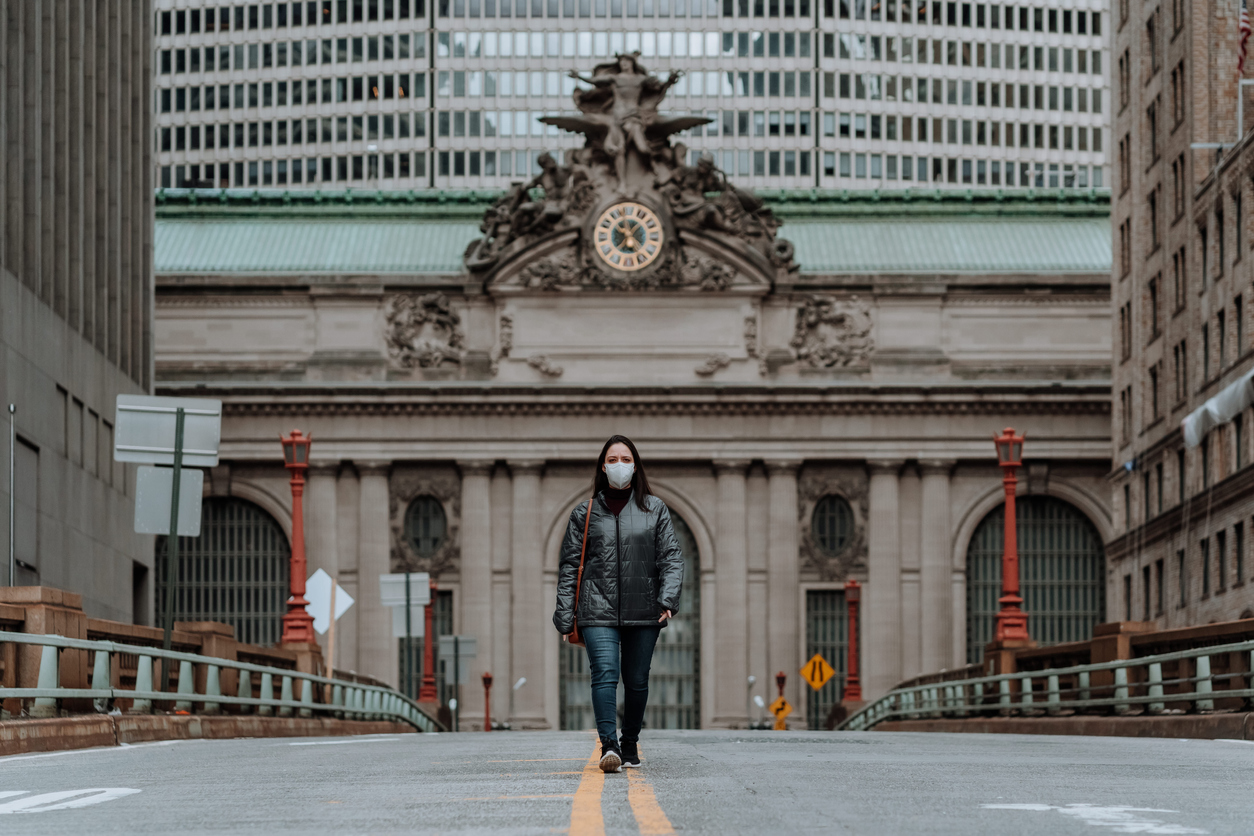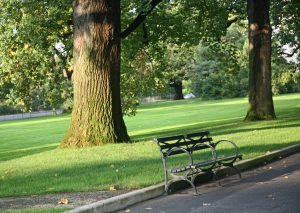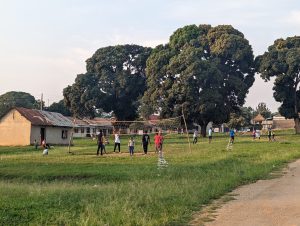While transmission of COVID-19 in New York City is increasing, CUNY SPH Distinguished Professor and epidemiologist Denis Nash says it is too soon to return to lockdowns or mass closures.
“We haven’t gotten to that place yet,” he told the New York Times, although it might make sense to reconsider allowing indoor dining.
N.Y.C. Dangerously Close to Second Wave, Mayor Says, as New Rules Loom
The spike in virus cases threatens the city’s recovery and could mean “a lot more restrictions,” Mayor Bill de Blasio said.
By Joseph Goldstein and Dana Rubinstein
Nov. 9, 2020
As coronavirus cases surged to record highs across the country, New York City had hoped to keep the outbreak at bay and press ahead with its slow but steady recovery from the dark days of spring. But now, the forecast is turning more alarming.
The number of new infections is swiftly rising, with more than 1,000 cases identified in the city for five days in a row, a level that last occurred in May, according to the state’s Department of Health. Just a month ago, daily cases were typically in the 500 to 700 range.
Hospitalizations and death rates are a small fraction of what they were at the height of the outbreak in the spring, and case count comparisons can be tricky, given that much more testing is occurring now. The test positivity rate in New York City is still well below that in neighboring states.
But as cases continue to surge in New Jersey, Connecticut and upstate New York, Mayor Bill de Blasio said on Monday that the city was dealing with an “immense” challenge.
“We have to stop a second wave from happening here,” Mr. de Blasio said during a news conference. “It is getting dangerously close.”
The city’s contact-tracing program has disclosed few details about which trends and patterns are contributing to transmission. But one city health official, who spoke on condition of anonymity to share details from internal discussions, said some clusters had been traced to workplaces, including construction sites and offices.
City health officials and Mr. de Blasio’s aides have been discussing whether new citywide restrictions should be imposed, including a broader shutdown of nonessential businesses, if the seven-day average rate of positive test results climbs, and stays, above 3 percent. The seven-day average was 2.26 percent, according to the city’s health department.
The mayor said that further lockdowns were possible should New York City not regain control of the virus.
“God forbid this continued and we had a full-blown second wave,” he said. “It means a lot more restrictions. Unfortunately, it could mean even having to shut down parts of our economy again.”
It could also mean having to close schools, he said.
“There’s one last chance to stop that, and we need everyone to participate,” Mr. de Blasio said.
The mayor said he is watching three indicators to determine if the city is dealing with a “full-blown second wave”: the overall number of cases in New York City; the positivity rate, which should not breach 3 percent “on a sustained basis”; and the number of hospitalizations, which he doesn’t want to exceed 200 a day.
Staten Island has recently emerged as a particular area of concern, with the positivity rate in the neighborhood of Tottenville exceeding 6 percent. Several other neighborhoods have rates surpassing 3 percent.
There are some signs that Mr. de Blasio may be reluctant to impose new restrictions, which would require the acquiescence of the governor.
The mayor has previously said that he favored halting indoor dining if the seven-day positivity rate reached 2 percent — a threshold that has already been crossed without his taking any action.
On Monday, the mayor would only say that it was time to re-evaluate the wisdom of allowing limited indoor dining.
In a news conference on Monday, Mr. Cuomo said that state officials are monitoring the numbers but are not taking any immediate action.
“This is going to be the constant for the foreseeable future,” the governor said. “Every couple of days we’ll say, ‘This place became a microcluster, this place is no longer a microcluster.’ ”
Mr. Cuomo, a third-term Democrat, also reiterated that the effectiveness of any state restrictions would be dependent on local enforcement — which he has criticized in the past — as well as on individuals’ compliance with social distancing and mask rules.
“We’re tired of Covid, but Covid isn’t tired of us,” he said. “People have to be rigorous and disciplined about their behavior.”
He also rejected the idea that the state was seeing a “surge” in cases, noting that other states have far higher rates of infection.
One epidemiologist, Denis Nash, a professor at the City University of New York School of Public Health, said that while transmission in New York City was increasing — and had been for some time — the increase in hospitalizations and deaths was lower than expected.
He said he believed it was too soon to return to lockdowns or mass closures of workplaces or schools.
“We haven’t gotten to that place yet,” he said, though he added that it might make sense to reconsider the decision to allow indoor dining, an activity regarded as relatively high-risk.
At stake is much of New York City’s recovery from the pandemic, which had a devastating impact in the early months, killing tens of thousands, sickening many more and severely undermining the local economy. The city has since become a national model for curbing the outbreak, bringing children back to public schools for in-person classes, allowing limited indoor dining and reopening museums, hair salons and gyms.
New York had already been contending with localized spikes in some neighborhoods, including those with many ultra-Orthodox Jewish residents, leading Mr. Cuomo and Mr. de Blasio to adopt new restrictions in those areas.
But given the course of the outbreak nationally, it was not entirely clear whether the broader increases across the city could be traced to those neighborhoods.
In New York City, the numbers are up in all five boroughs, with 1,156 new cases reported on Sunday.
“This is going to be a really key week,” said City Councilman Mark Levine of Manhattan, who is chairman of the council’s Health Committee.
Mr. Levine said he feared that “the window is closing to prevent much more aggressive shutdown measures” and that if the case count kept climbing, the city would most likely end up in a lockdown reminiscent of the spring.
Robyn Gershon, an epidemiology professor at the New York University School of Global Public Health, said she was “cautiously optimistic” that New York City would be able to bring transmission down and praised Governor Cuomo’s “microcluster strategy” of color-coding neighborhoods — with the colors corresponding to restrictions.
Mr. Nash, the epidemiology professor, said that encouraging news about the vaccine should be incorporated into City Hall’s advice to New Yorkers: With a vaccine on the horizon, they should redouble their efforts to wear masks and socially distance.
“The message should be: ‘We’ve gotten this far, we just have to keep it going for a little longer.’ We need to hold out for a promising and safe and effective vaccine,” he said.
In New Jersey, Gov. Philip D. Murphy, noting that hoped-for vaccines are inching closer to approval, announced new coronavirus restrictions on Monday, rolling back his reopening strategy to confront a statewide infection rate that has reached levels not seen since the pandemic ravaged cities and towns across the Northeast.
Mr. Murphy, a Democrat, said early Monday that the rules were designed to “shave at the edges,” without returning to a strict statewide shutdown like the one enacted in March.
Under the new restrictions, which begin Thursday, restaurants and nightclubs across the state must close to indoor customers at 10 p.m., and no one may be seated directly at the bar.
High school sports teams are not permitted to participate in out-of-state tournaments, but college athletes may still travel.
Mr. Murphy said he would continue to consider additional targeted restrictions on nonessential businesses.
“Let’s focus, folks, on these upcoming six months,” Mr. Murphy said. “This is not forever and always. We basically have a six-month window to beat the fatigue back and beat the virus into the ground.”




